Hi, in this post you will learn how to tie Zeppelin bend(knot) or Rosendahl bend and some history behind this unique knot as well as what are its uses.
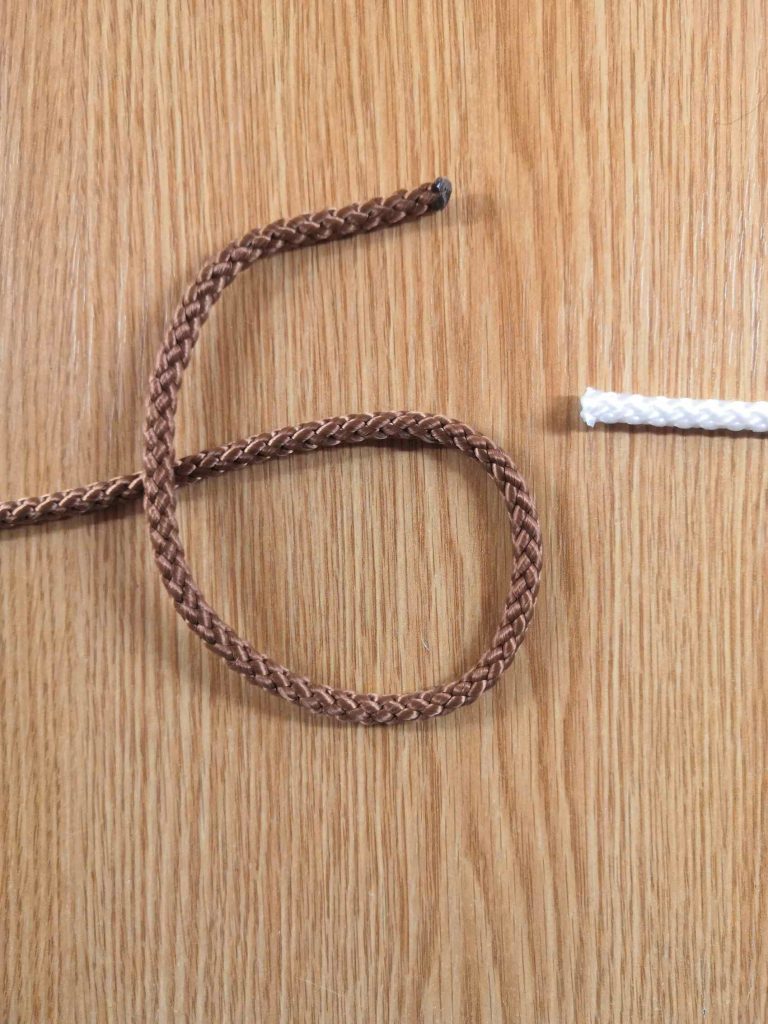
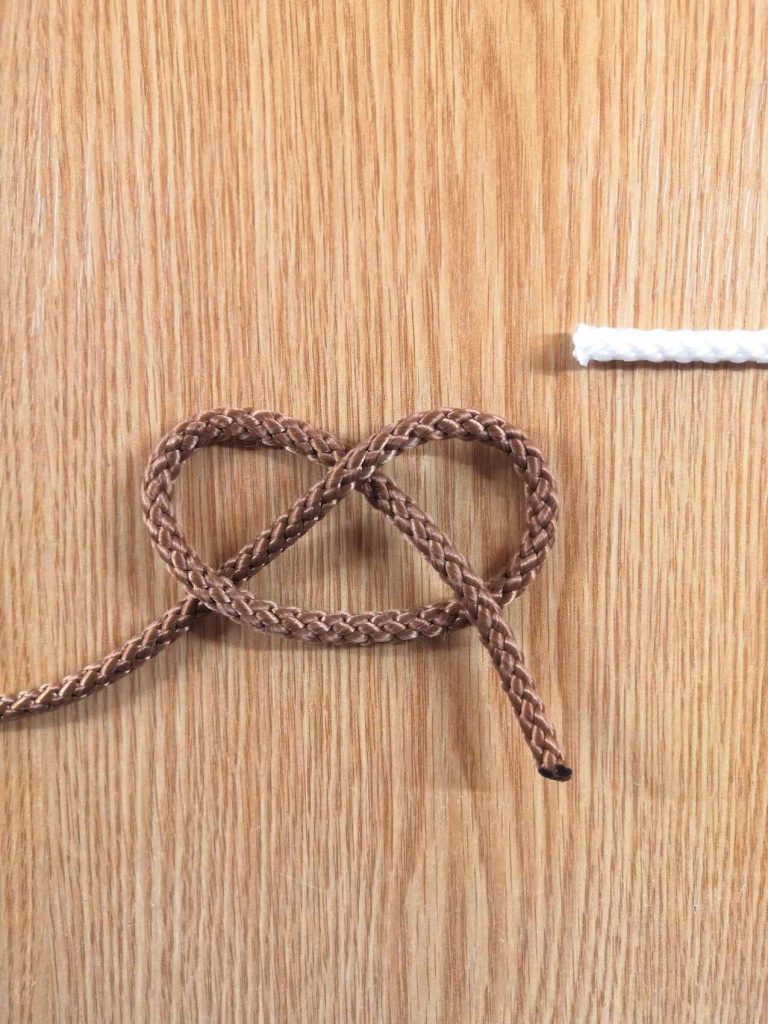

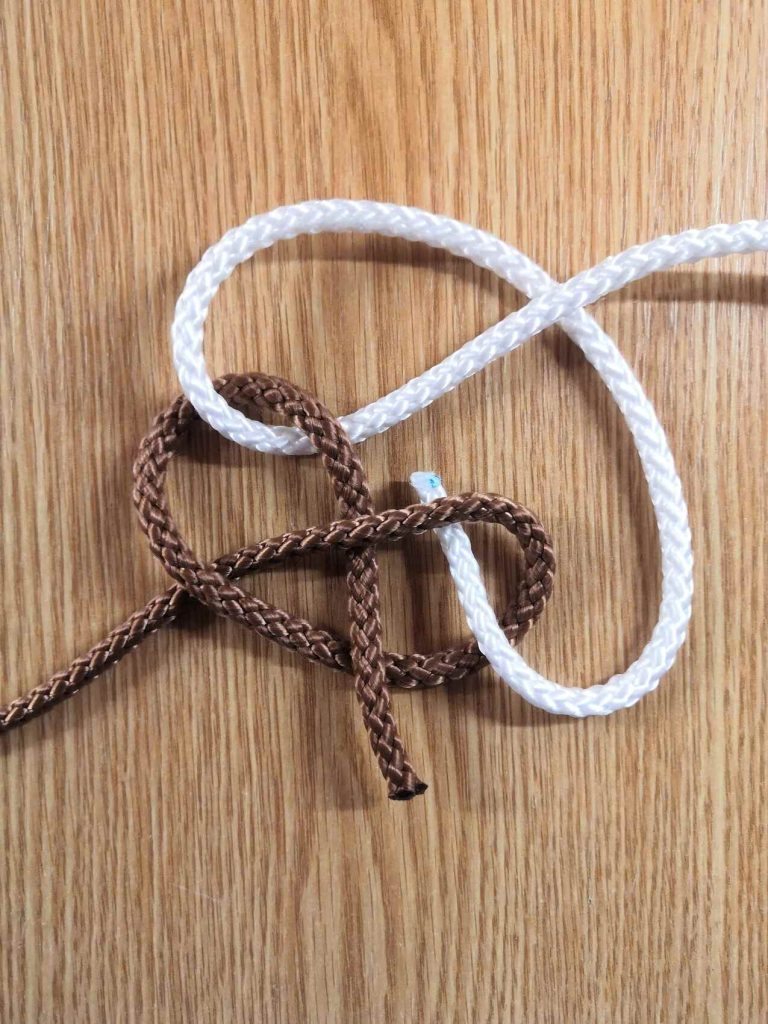

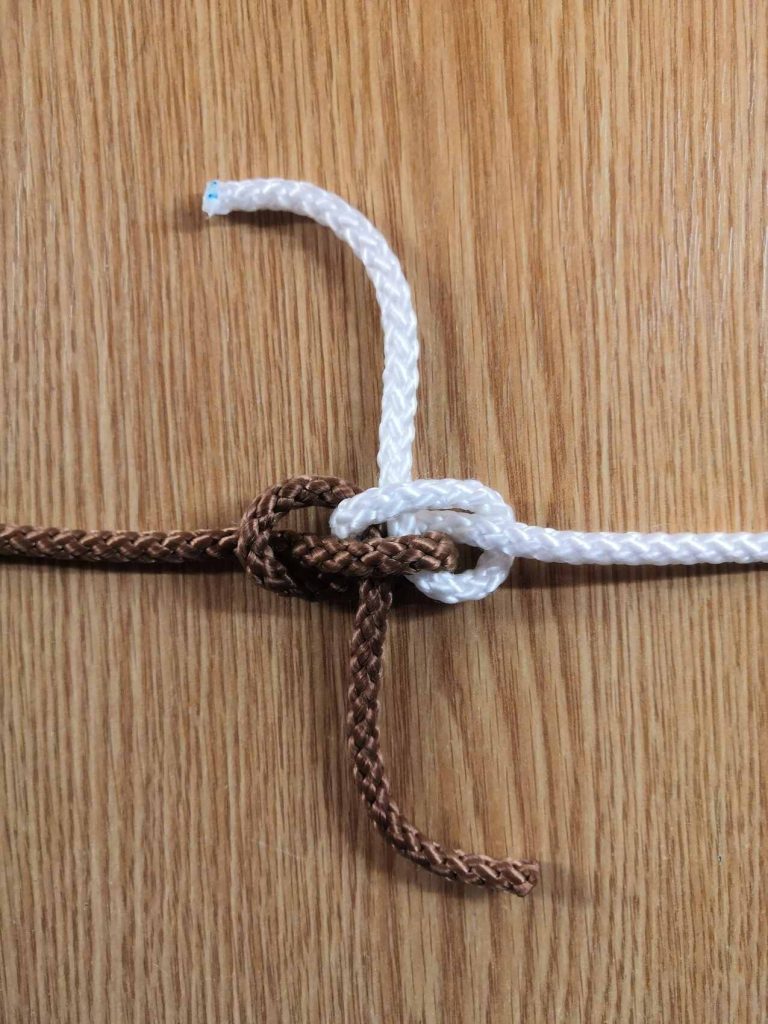
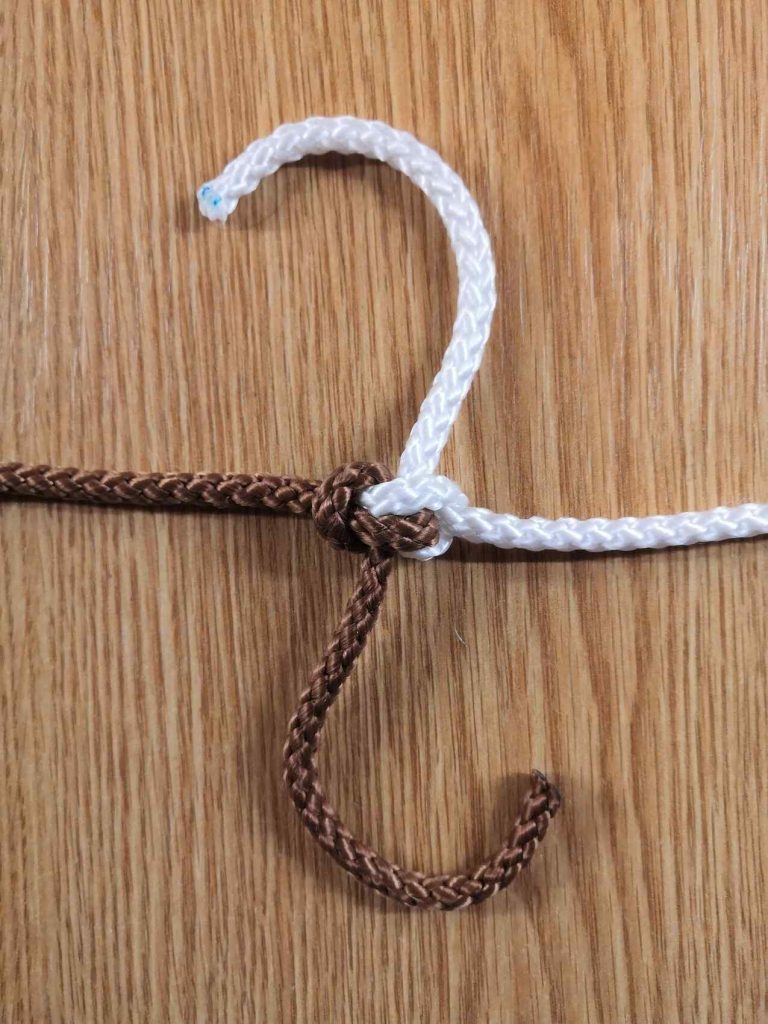
The Zeppelin bend, also known as the Rosendahl bend, is a reliable knot used for joining two ropes together. It is known for its stability, security, and resistance to jamming and the effects of slack shaking and cyclic loading. The name of the knot is thought to come from its alleged use on airships in the 1920s, though it is possible that it was actually used as a rolling hitch or toggle to connect mooring lines. The knot was first published in 1966 by Bob Thrun, who named it simply “An easily untied bend.”
Despite being recognized as a nearly ideal rope joining knot by many sources, the Zeppelin bend is not very well known and is not included in the “bends” chapter of The Ashley Book of Knots. However, it has similarities with other knots, including the Hunter’s Bend knot, and it is important to ensure that it is tied correctly to avoid confusion and potential failure. The Zeppelin bend is easy to tie and jam proof, making it a useful knot for critical loads.
One unique aspect of the Zeppelin bend is its potential use as an alternative to the butterfly loop for isolating a worn section of a long rope. The knot can be tied in such a way that the worn section is isolated in the middle of a Z-folded central section of the rope, creating a double slipped Zeppelin bend with no ends sticking out. This allows the worn section to be isolated and protected, while still allowing the knot to be secure and easy to untie when needed.
Overall, the Zeppelin bend is a reliable and useful knot for joining ropes together, particularly in situations where security and ease of untying are important considerations. Its stability, security, and resistance to jamming make it a valuable tool for a wide range of applications.
If you like this post please share it!
SIMILAR CONTENT:
